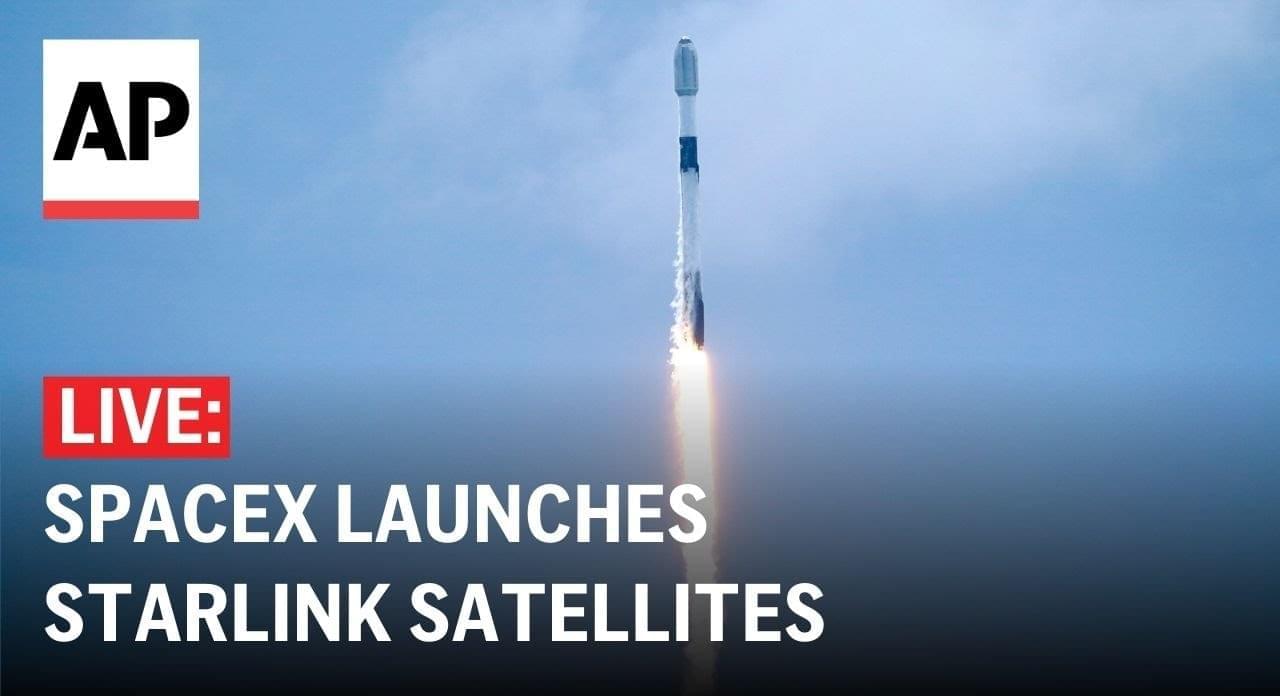Apr 7, 2024
Total solar eclipse: The 4-minute window into the Sun’s secrets
Posted by Genevieve Klien in category: futurism
The blackout will give scientists a rare chance to do experiments they cannot do any other time.
The blackout will give scientists a rare chance to do experiments they cannot do any other time.

A solar occurs when the Moon passes between the Sun and the Earth and blocks the bright light of the Sun’s surface from view. The shadow of the Moon will fall in a small path on Earth’s surface, called the zone of totality.

Credit: SpaceXWatch live as a SpaceX Falcon 9 rocket launches a batch of 21 Starlink internet satellites from Space Launch Complex 4 East at Vandenberg Space…
Scientists may be one step closer to unlocking one of the great mysteries of the universe after calculating that neutron stars might hold a key to helping us understand elusive dark matter.
Scientists develop a human neuron model that efficiently simulates tau protein spread in Alzheimer’s, hinting at new therapeutic targets.
Nuclear nonproliferation scientists at the Department of Energy’s Oak Ridge National Laboratory have published the Compendium of Uranium Raman and Infrared Experimental Spectra, or CURIES, a public database and analysis of structure-spectral relationships for uranium minerals. This first-of-its-kind dataset and corresponding analysis fill a key gap in the existing body of knowledge for mineralogists and actinide scientists.
Laser based vibrational spectroscopy methods such as Raman and IR are frequently employed by nonproliferation materials scientists because they are rapid, nominally non-destructive, and can give direct insight to what a material contains. Where spectral assignments may be difficult, the CURIES database uses structural information, subject matter expertise and statistical analysis to determine key features of Raman spectra based on their structural origins.
“When I was in grad school studying uranium mineralogy, there was no single repository to look up a feature of a sample and compare it for identification,” said ORNL’s Tyler Spano, lead author on the CURIES article in American Minerologist. “What we did was bring together data from many different sources including structural information and spectroscopy to understand spectral features and similarities as they relate to chemical, structural and other properties.” The ORNL team hopes that CURIES will support researchers who are looking for new relationships among various types of uranium materials and foster development of rapid characterization and analysis of spectra collected on new materials.
Just when scientists thought they had almost figured out the origins of multicellular life, evolution throws another curveball.
In a serendipitous discovery, a team of researchers has just chanced upon a third type of ‘unconventional’ multicellularity that blends the two kinds we already knew about.
Multicellularity has evolved a staggering 45 times or more across the tree of life. Yet fundamentally, the ancestor of each multicellular lineage relied on just one of two methods — individual cells sticking together as they split, or individual cells that have previously split coming back together.
Sky rocketing demands for generative artificial intelligence have accelerated demands for AI-centric data centers that can handle more advanced tasks.
The third proof point is both the increase in manufacturing capacity investment and the change in how that investment will be managed. With the interest in governments to secure future semiconductor manufacturing for both supply security and economic growth, Mr. Gelsinger went on a spending spree with investment in expanding capacity in Oregon, Ireland, and Israel, as well as six new fabs in Arizona, Ohio, and Germany. Most of the initial investment was made without the promise of government grants, such as the US Chips Act. However, Intel has now secured more than $50B from US and European government incentives, customer commitments starting with its first five customers on the 18A process node, and its financial partners. Intel has also secured an additional $11B loan from the US government and a 25% investment tax credit.
In addition to it’s own investment in fab capacity, Intel is partnering with Tower Semiconductor and UMC, two foundries with long and successful histories. Tower will be investing in new equipment to be installed in Intel’s New Mexico facility for analog products, and UMC will partner with Intel to leverage three of the older Arizona fabs and process nodes, starting with the 12nm, to support applications like industrial IoT, mobile, communications infrastructure, and networking.
The second side of this investment is how current and future capacity will be used. As strictly an IDM, Intel has historically capitalized on its investments in the physical fab structures by retrofitting the fabs after three process nodes, on average. While this allowed for the reuse of the structures and infrastructure, it eliminated support for older process nodes, which are important for many foundry customers. According to Omdia Research, less than 3% of all semiconductors are produced on the latest process nodes. As a result, Intel is shifting from retrofitting fabs for new process nodes to maintaining fabs to support extended life cycles of older process nodes, as shown in the chart below. This requires additional capacity for newer process nodes.
When you’re trying to run and manage AI projects, there’s a lot that needs to be considered in terms of determining project budgets and cost. All technology projects have three major aspects of cost: software, hardware, and services. But when it comes to AI projects an additional aspect needs to come into play: data.
If you’re trying to generate a return on investment, you need to know what the investment part is. You have to know what the return is, too. But of the two things, you’re guaranteed to spend at least what the investment part is, if not more, but you’re not guaranteed anything about the return. People underestimate the complexity and cost of dealing with data. So, it’s crucial to think about how big your AI project is. Because when it comes to AI projects, size really does matter.
